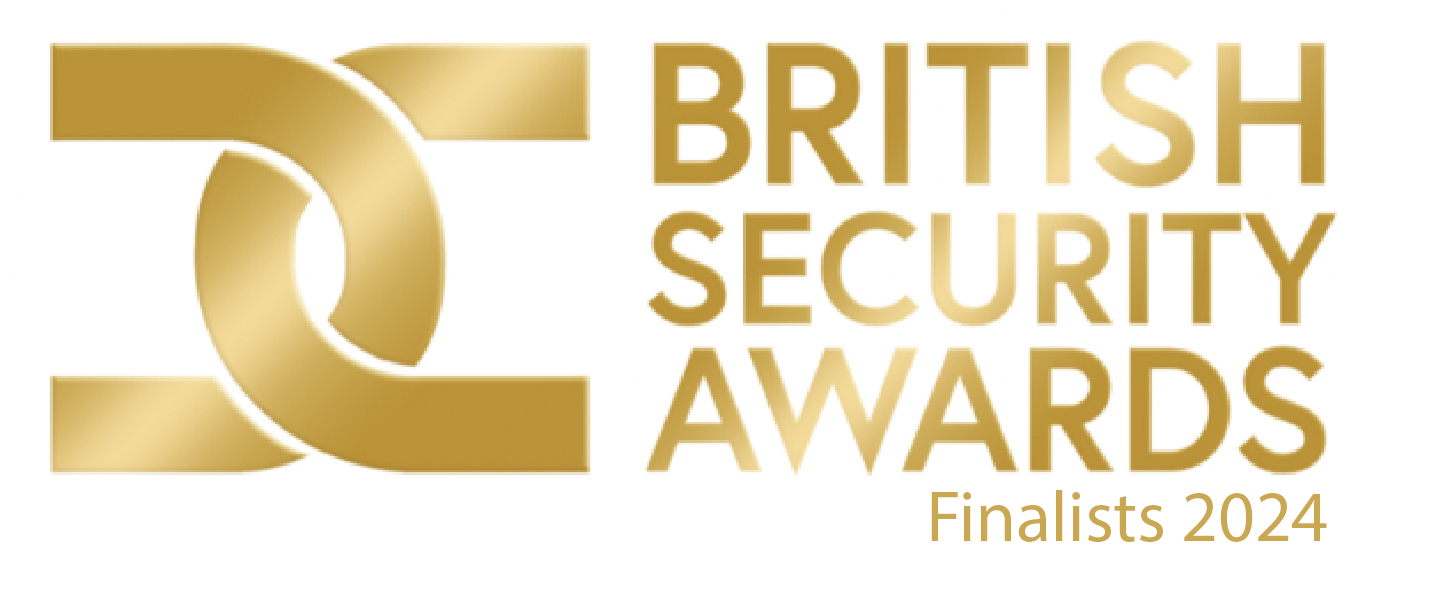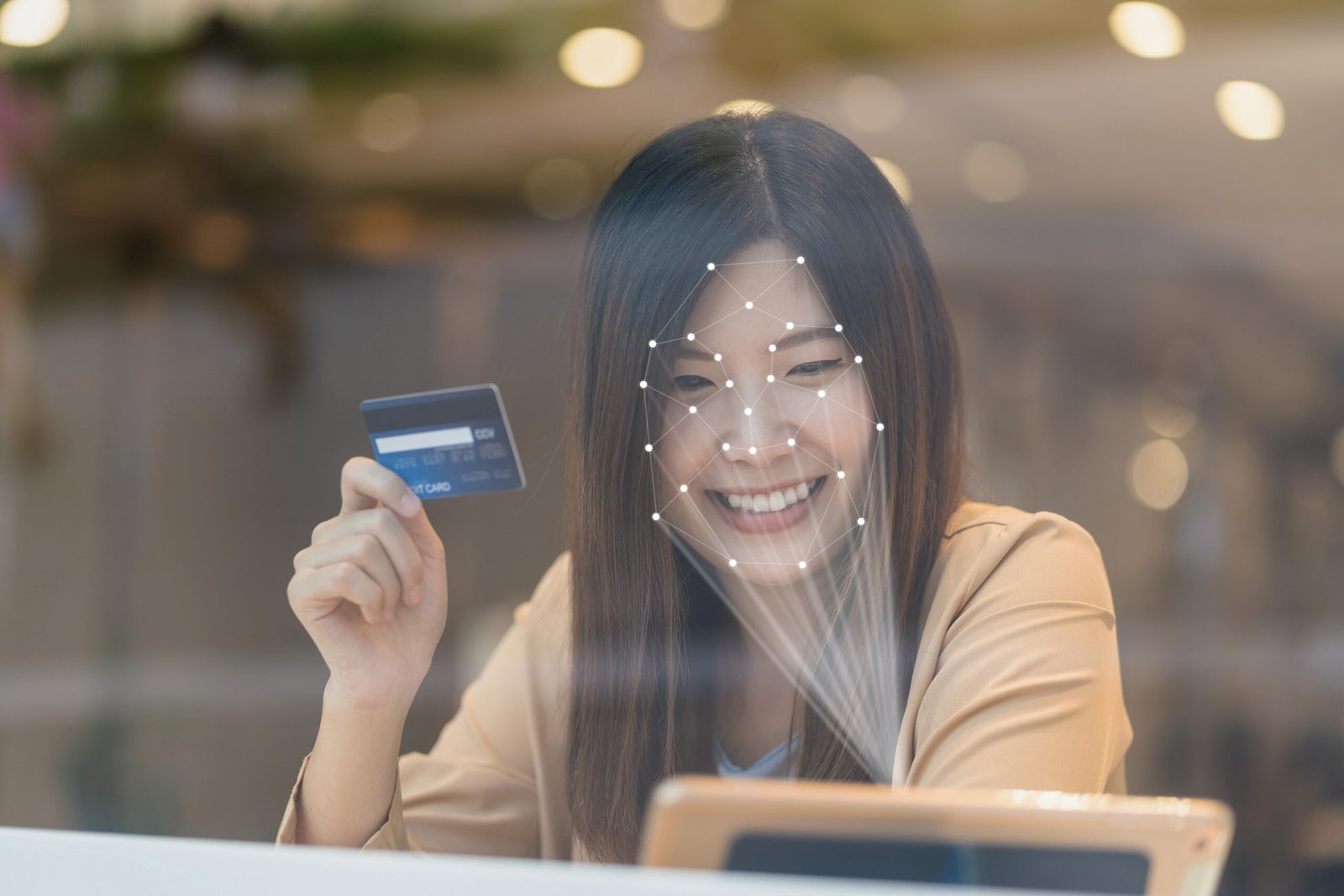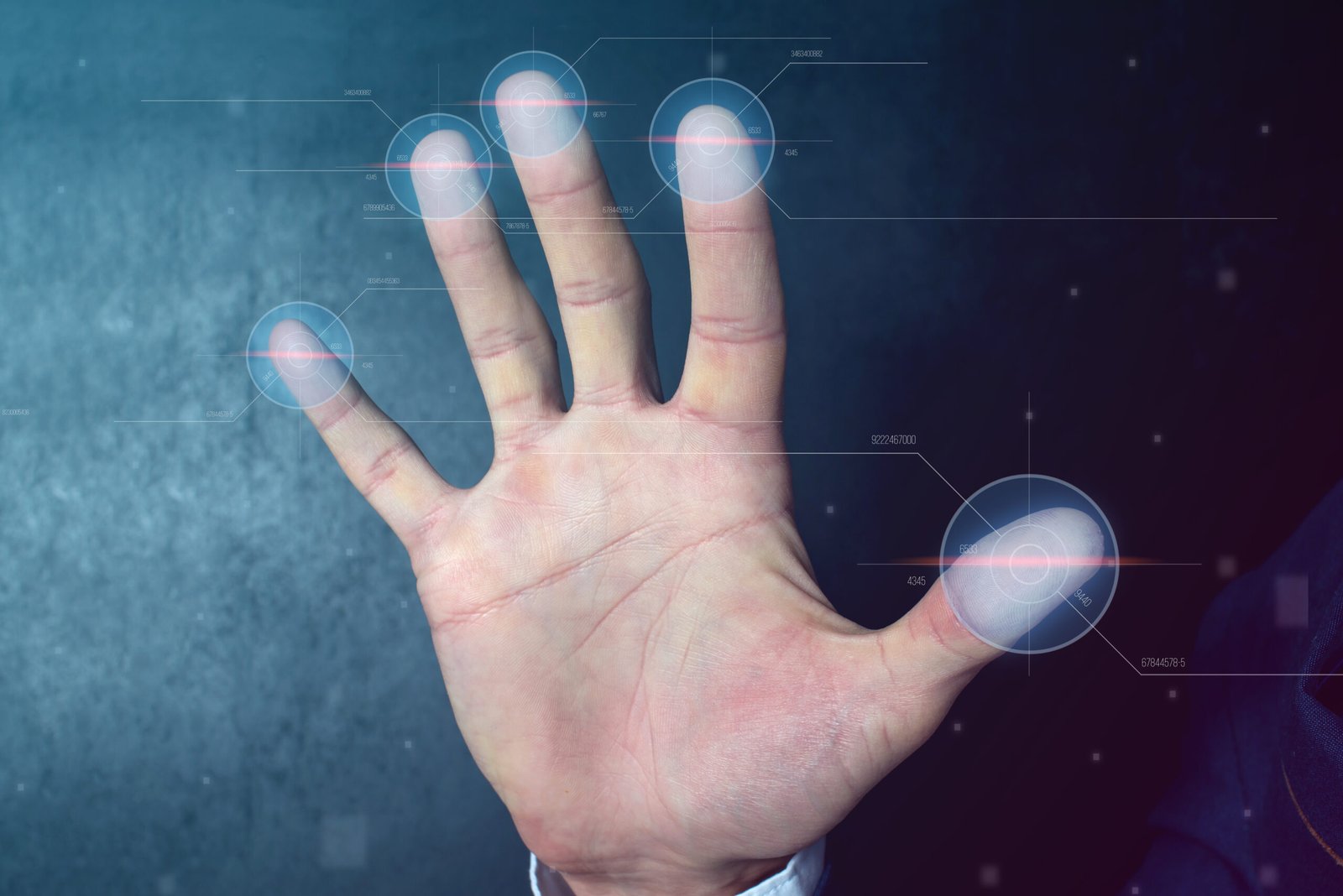
Elevating VIP Events: The Seamless Experience of Arana Security’s BioWave Pay Biometric Payment Application
In the world of VIP events, where exclusivity meets seamless convenience, Arana Security’s BioWave Pay emerges as a game-changer, revolutionising






















